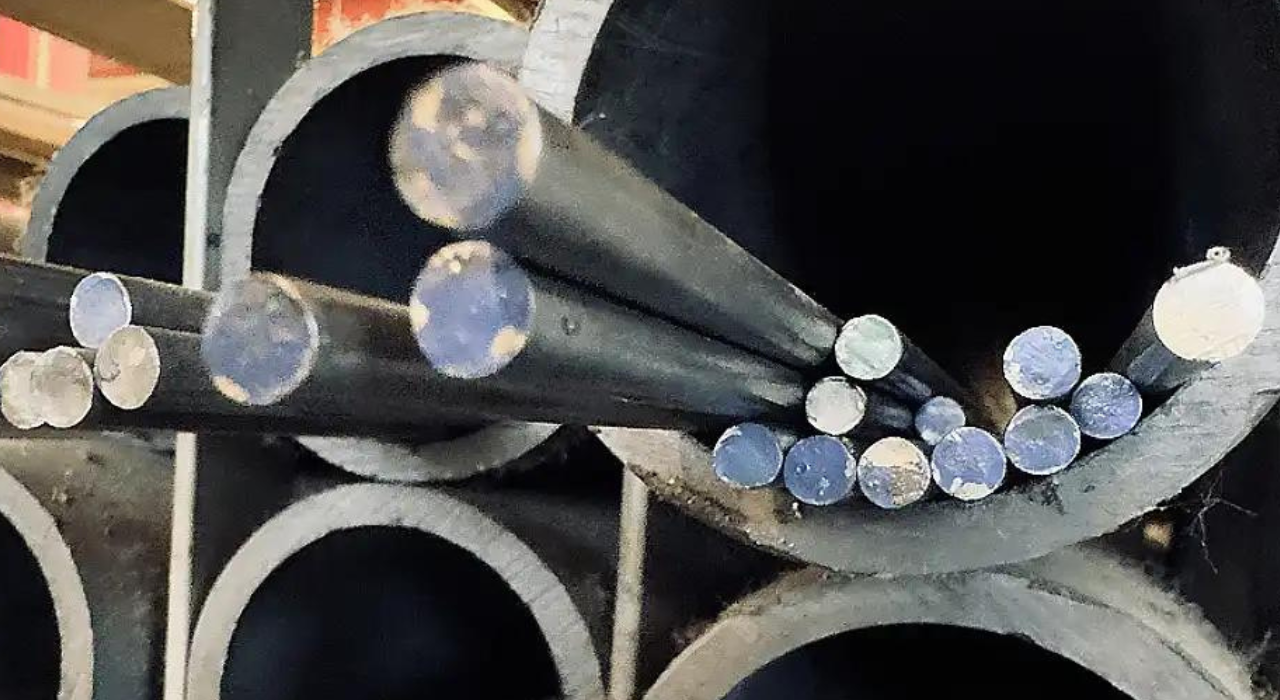Hot piercing is a basic process in the development of seamless carbon steel tubes, generally utilized in industrial areas of strength for requiring tough piping arrangements. Not at all like welded pipes, which have a seam that might weaken under tension, seamless cylinders are made with next to no seams, giving upgraded strength and dependability. The hot piercing interaction is fundamental for making these cylinders.
Understanding how hot piercing functions can give important experiences into why seamless carbon steel tubes are liked in numerous industrial settings. Hot piercing is the most important phase in the seamless pipe-producing process. This method aligns with the Seamless Definition-Carbon Steel Tube Hot Piercing and emphasizes the creation of a smooth and uninterrupted tube.
Process of Manufacture Seamless Carbon Steel Tubes
Now, let us discuss the process of using hot piercing for manufacturing seamless carbon steel tubes. This process not only structures the underlying state of the cylinder but additionally guarantees the material's grain structure is adjusted for the most extreme strength and solidness.
Preparation of the Steel Billet
The hot piercing process starts with the planning of a strong steel billet, which is a cylinder-shaped piece of carbon steel. This billet should be excellent, as any pollutants or irregularities can influence the end result's honesty. The billet is sliced to the proper length and examined to guarantee it fulfills the essential guidelines for seamless tube creation. The nature of the billet is significant because the hot piercing process will extend and control the material, and any deformities could be exacerbated during this stage.
Heating the Billet
When the billet is ready, it is warmed in a rotational hearth heater to a high temperature, commonly between 1,100 to 1,300 degrees Celsius (2,000 to 2,400 degrees Fahrenheit). This warming system is fundamental since it mellows the steel and makes it sufficiently flexible to be punctured without breaking or breaking. The high temperature likewise guarantees that the billet's microstructure is in the ideal state for twisting that permits it to stream flawlessly around the piercing mandrel.
Piercing the Billet
After arriving at the ideal temperature, the warmed billet is moved to a piercing factory, where the real hot piercing happens. The piercing factory regularly comprises two contradicting cone-molded rolls and a piercing mandrel. The billet is turned and taken care of between the rolls, which are set at a point to drive the billet forward while the mandrel punctures through its middle.
The mandrel behaves like a fixed point, and as the billet moves over it, the steel is shoved aside, framing an empty cylinder. The power applied by the rolls and the mandrel joined with the rotational development, makes an opening through the focal point of the billet. This interaction likewise prolongs the billet, changing it into an empty shell with an open place.
Elongation and Rough Sizing
Following the initial piercing, the recently framed empty shell is frequently lopsided and requires further handling to accomplish the ideal aspects. The prolongation cycle includes passing the punctured shell through a progression of extending factories. Rough sizing is the next stage, where the cylinder goes through a measuring factory that dreams its breadth and guarantees uniform wall thickness. This interaction accomplishes a predictable external width and readies the cylinder for conclusive handling steps.
Thermal Treatment and Cooling
After the elongation and rough sizing processes, the seamless tube goes through warm treatment to assuage any inner burdens actuated during hot piercing and extension. This cycle, frequently alluded to as standardization or strengthening, includes warming the cylinder to a particular temperature and afterward cooling it at a controlled rate.
The cooling system is carefully figured out how to forestall any twisting or bending of the cylinder. The cylinder is normally cooled in air or water, contingent upon the ideal last properties. Uniform cooling is fundamental to keep up with the cylinder's underlying honesty and guarantee it meets the necessary determinations for seamless pipes.
Final Sizing and Inspection
The last step toward the hot piercing cycle for seamless carbon steel tubes is the final sizing and inspection. The cylinder goes through a completing factory to accomplish the exact external breadth and wall thickness expected by the application. The finishing mill guarantees that the cylinder has a smooth surface completion and that any leftover blemishes are taken out.
When the cylinder has been estimated accurately, it goes through a progression of examinations to check for deserts and guarantee quality. Non-horrendous testing strategies like ultrasonic testing, whirlpool current testing, and hydrostatic testing are generally used to identify any blemishes that could think twice about the cylinder's respectability. These reviews are critical for guaranteeing that the seamless pipe fulfills industry guidelines and can endure the requested conditions it will look in assistance.
Final Wording
Hot piercing is a principal cycle in the manufacturing of seamless carbon steel tubes that gives a powerful and solid item that is fundamental in numerous modern applications. By understanding the means associated with hot piercing ranging from the preparation and warming of the billet to the piercing, elongation, and final inspection, businesses can see the value in the benefits of seamless pipes, including their predominant strength, consistency, and capacity to endure extreme conditions.

